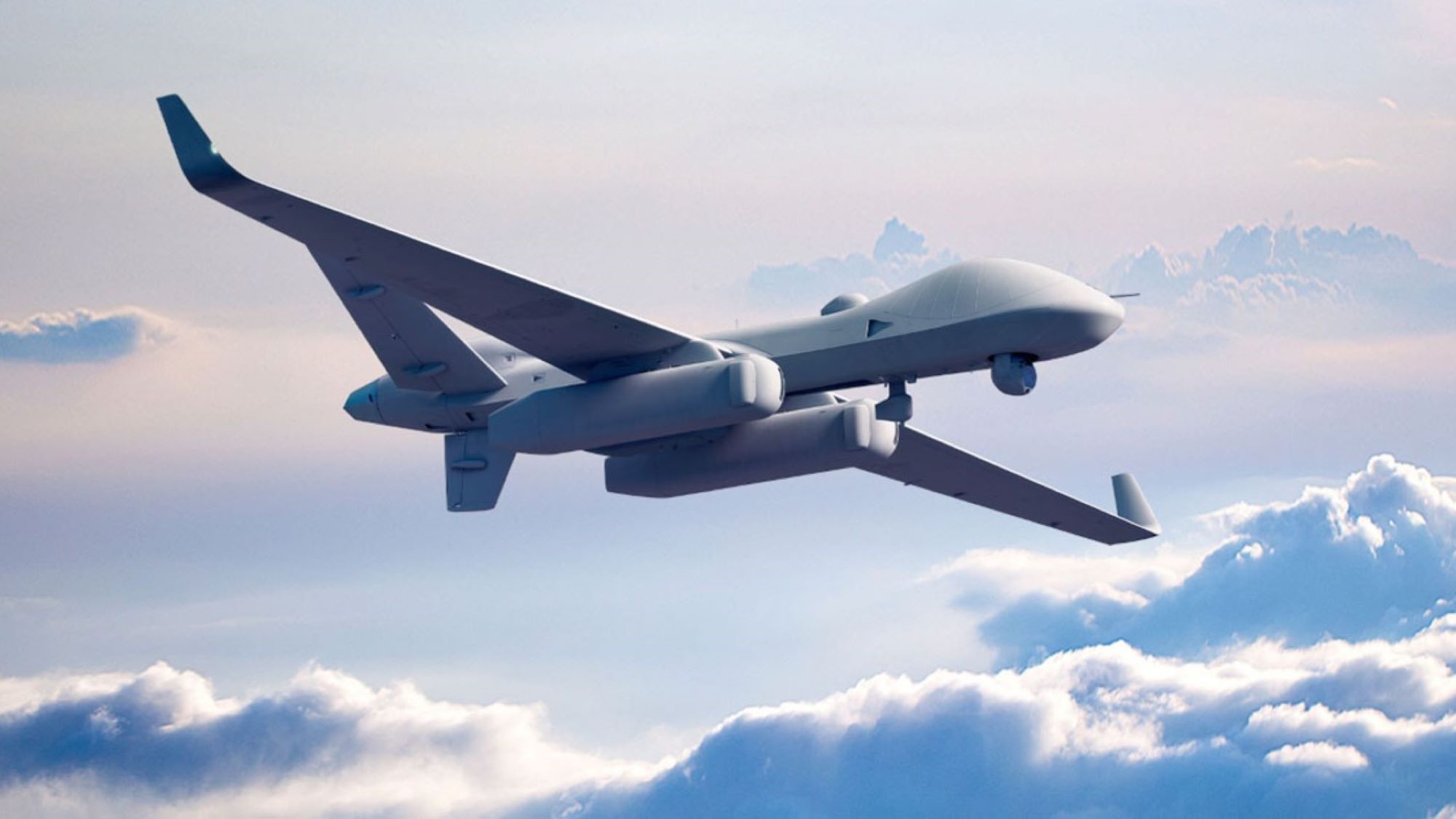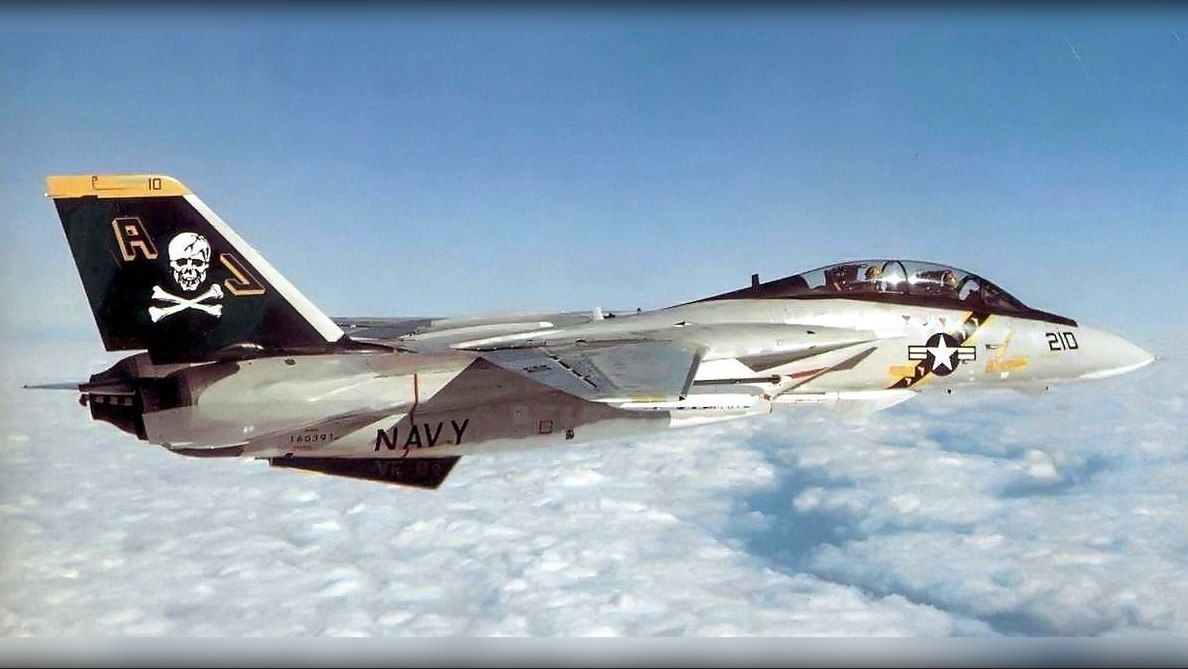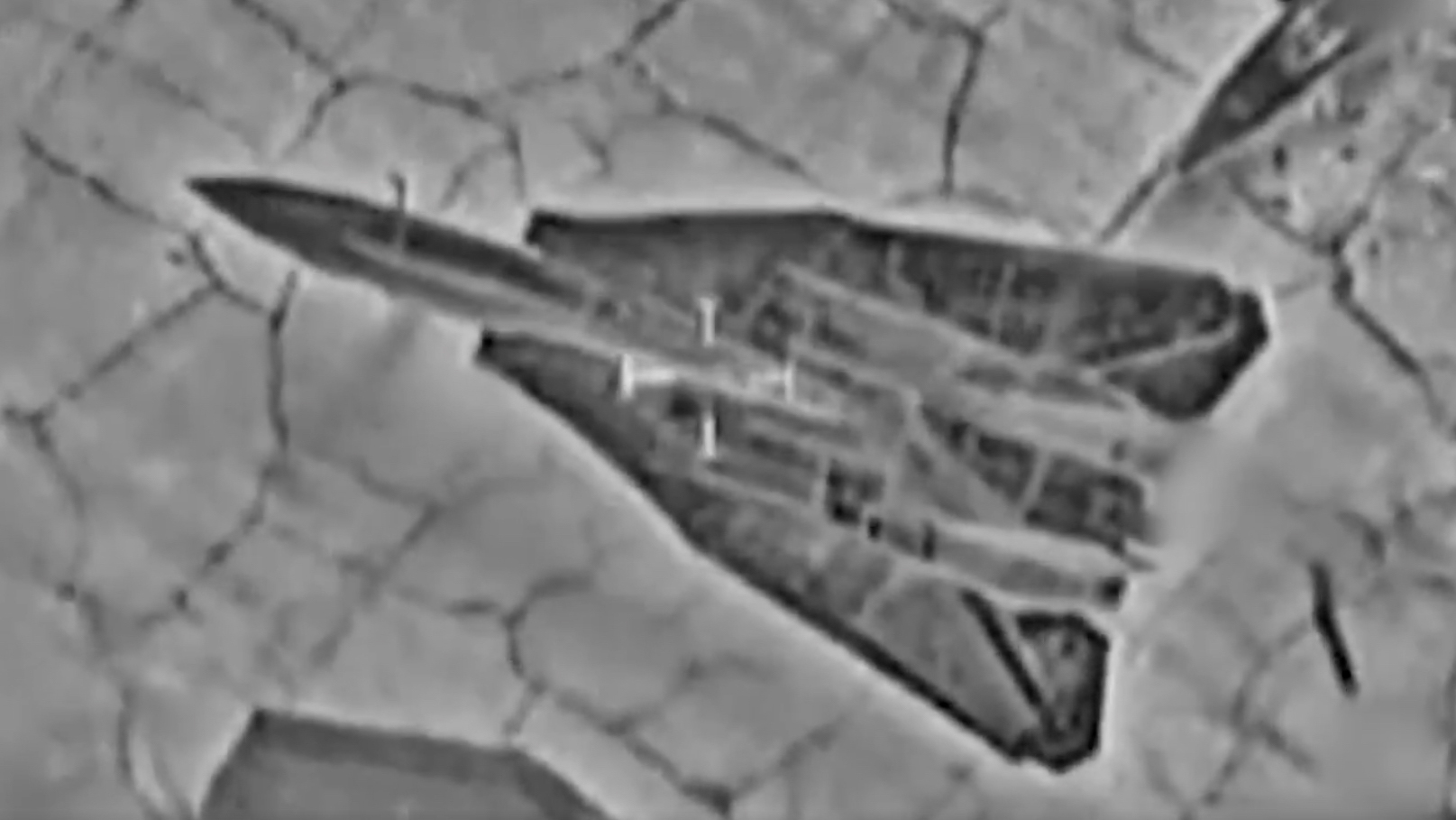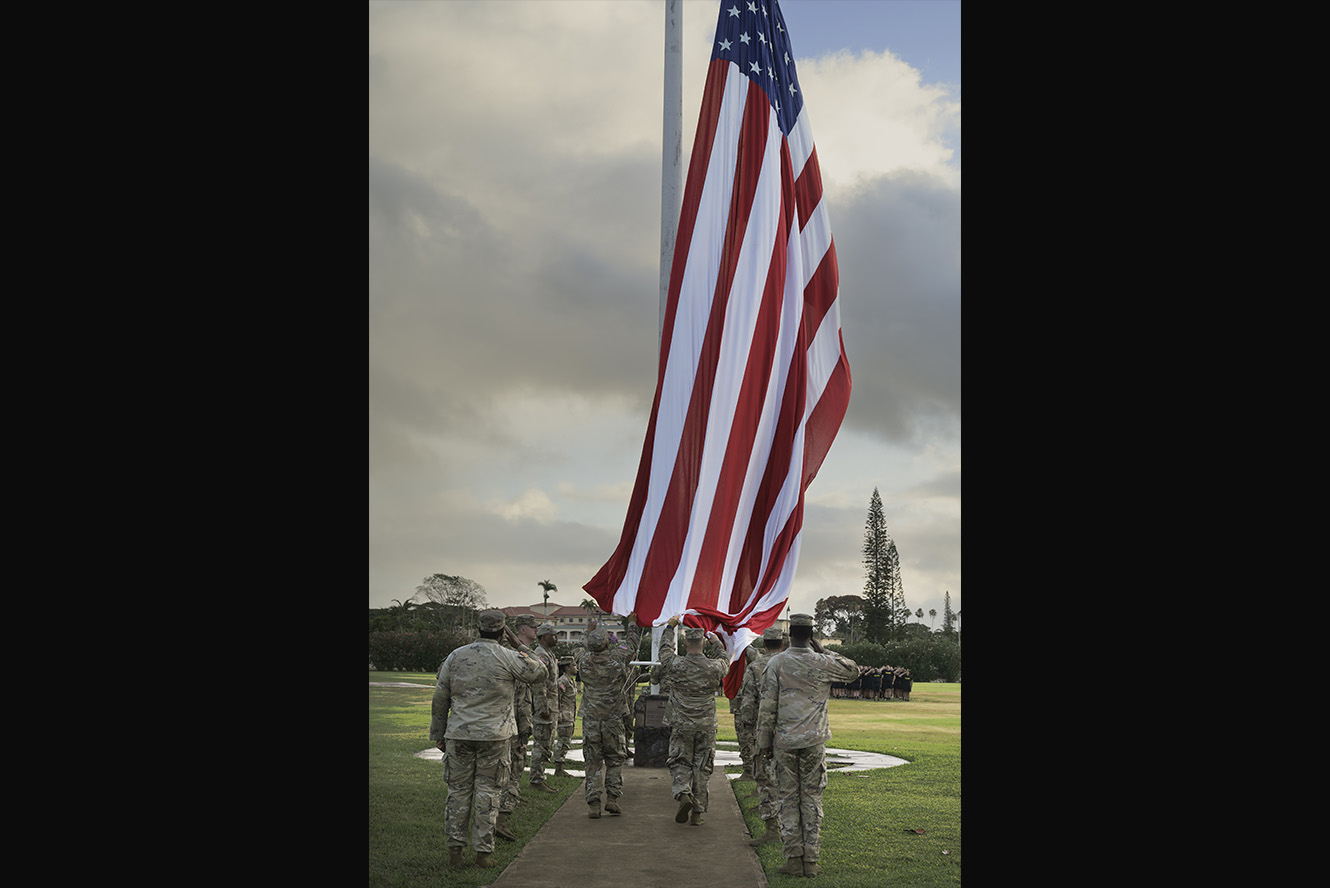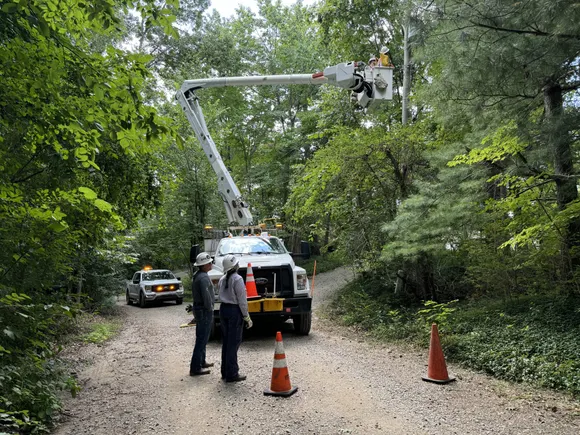Army seeks hefty boost in network funding in Pentagon procurement proposal
The “tactical network communications” portfolio saw a jump of over $488 million compared to last year.


Gen. Randy George, Chief of Staff of the Army, discusses next generation command and control (C2) system capabilities with a 1st Infantry Division Soldier during a human machine Integration demonstration at Project Convergence – Capstone 4, Fort Irwin, Calif., March 18, 2024. (U.S. Army photo by Sgt. Brahim Douglas)
WASHINGTON — As the Army rushes to modernize its IT and communications networks, the recently revealed Pentagon procurement budget shows the service wants to pour hundreds of millions more into related portfolios.
The biggest increases were seen in the “management initialization and service” portfolio, with a jump to $244 million from $49 million last year. Additionally, the “tactical network communications” portfolio saw a jump of over $488 million, from $378 million in fiscal 2025 to $866 million this year.
While the procurement documents, obtained by Breaking Defense, don’t go into detail as to what those portfolios encompass, the management initialization and service one was described in the service’s FY25 Justification Books.
The books show that there are four distinct program components within the portfolio. They mostly cover logistics support for the Army’s networks enterprise management system, planning and monitoring for its wide portfolio of tactical radios, data products for network interoperability and support for the service’s unified network operations (UNO).
Inside the Army’s extensive UNO efforts lies the service’s Unified Network Plan which was announced in 2021 that aims to collapse its 69 and tactical networks into a single, shared network by 2027. This portion of procurement funding for UNO includes tools and systems such as zero trust, identity, credential and access management (ICAM) and other help desk and logistics support, per last year’s Justification Books. The Army noted in the books that “UNO software will reside on multiple existing hardware platforms that are managed by other Programs / funding lines.”
Though the Army asked for a generous boost for its management initialization and service portfolio, at around the same time Democrats on the House Appropriations Committee published their own budget proposal with much less funding, suggesting only $16.7 million, nearly a third of what the service was given in FY25.
It’s less clear what specific programs the tactical network communications portfolio encompasses. The Army’s FY25 Justification Books do not include any information on this portfolio, and the Pentagon’s FY26 procurement request shows the FY24 funds for the portfolio as empty.
The procurement request from Democrats on the House Appropriations Committee for FY26 also does not include a section for the tactical networks communications portfolio. An Army spokesperson declined to comment for this report.
But at least one high-profile Army network program would likely benefit from the influx in funds: Next Generation Command and Control (NGC2). It aims to combine intelligence, C2 and fires all in one system so commanders can have information more readily available.
In an Army article published in March, the service stated that “NGC2 is focused at the 3-star headquarters and below to provide a ‘full stack’ of capabilities from applications to edge compute and tactical communications links.”
Further, the service has continued to show its commitment to NGC2 as it recently ran another round of experimentations testing its capabilities at the Project Convergence Capstone 5 event that took place before it officially became a program of record in April.




























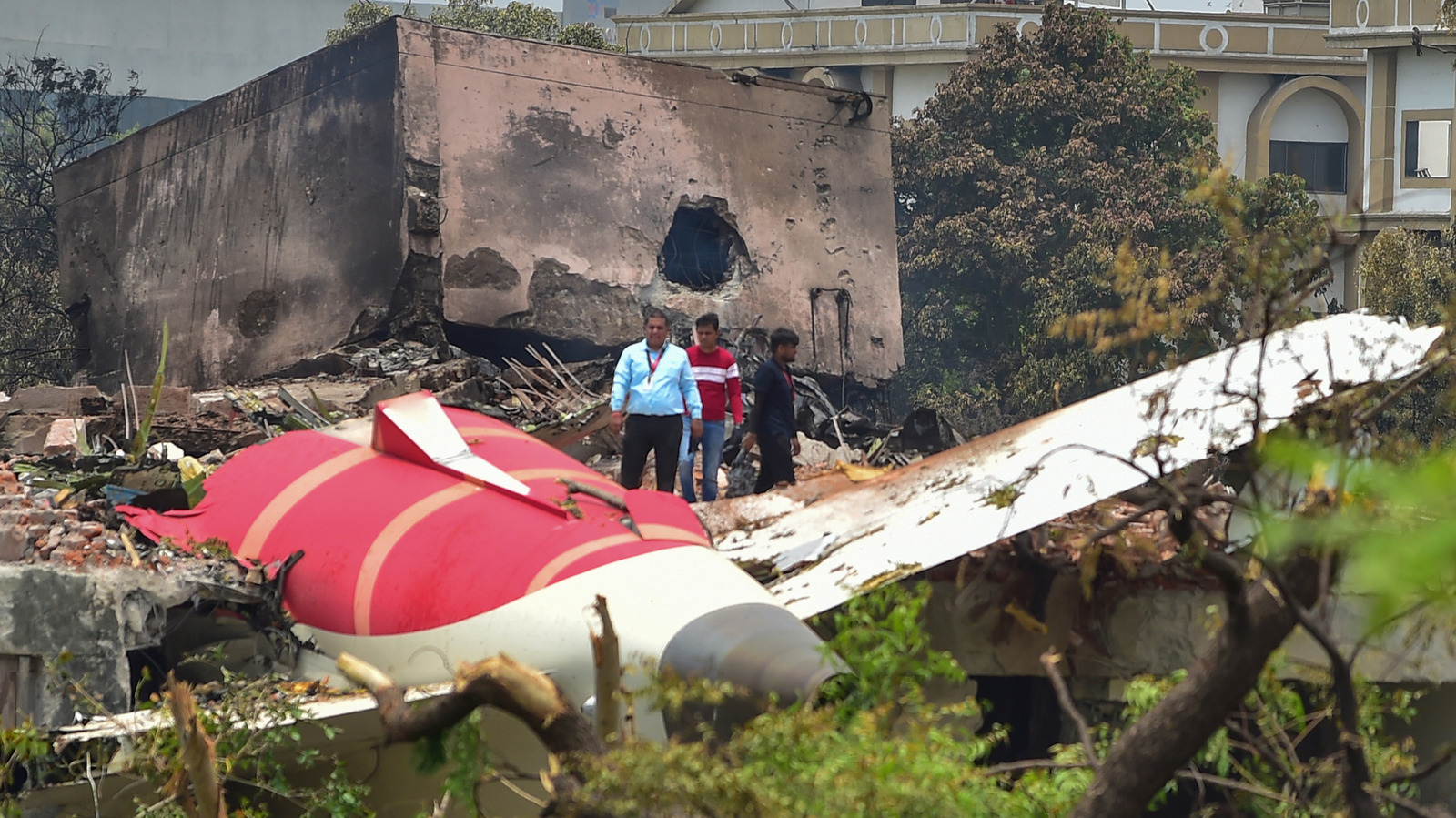
























































![Israel drama and good news for the F-35: Paris Air Show Day 1 [Video]](https://breakingdefense.com/wp-content/uploads/sites/3/2025/06/IMG_1805-scaled-e1750092662883.jpg?#)
![[Updated] Sudden Deployment of Dozens of U.S. Air Force Tankers Raises Questions](https://theaviationist.com/wp-content/uploads/2025/03/Stratotanker100Years_2-e1750080240327.jpg)













